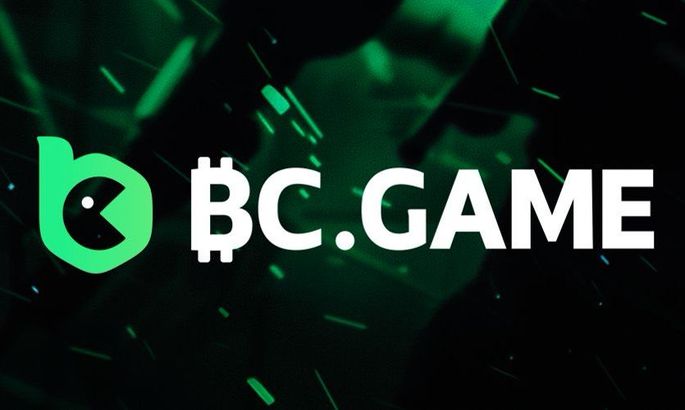Exploring the Future of Gaming with Hash.Game
Exploring the Future of Gaming with Hash.Game

Exploring the Future of Gaming with Hash.Game
In recent years, the gaming industry has undergone significant transformations, thanks to the rise of digital technology and blockchain innovation. One of the most exciting developments within this ecosystem is Hash.Game https://bc-game-uae.com/en/hash-game-3/, a platform that merges the thrill of gaming with the revolutionary capabilities of blockchain. This article delves into how Hash.Game is defining the future of gaming and what it means for players worldwide.
The Concept of Hash.Game
At its core, Hash.Game is designed to enrich the player experience by leveraging blockchain technology. This platform not only provides gamers with a novel way to engage with their favorite pastime but also introduces new, more equitable economic models. The unique aspect of Hash.Game is its focus on decentralization, allowing gamers to own their in-game assets securely and transparently.
Key Features of Hash.Game
1. True Ownership of In-Game Assets
Unlike traditional gaming platforms, Hash.Game allows players to truly own their in-game items as NFTs (Non-Fungible Tokens). This means that every digital asset acquired in the game is uniquely tied to the player’s wallet and can be bought, sold, or traded freely in various marketplaces. This aspect empowers gamers, incentivizing them to invest time and resources into their gaming experience.
2. Decentralized Economies

Hash.Game operates within a decentralized economy framework, meaning that players can participate actively in the game’s financial ecosystem. Players can earn tokens by completing quests, winning battles, or participating in community events. This earnings model is fundamentally altered: players can now invest their time into earning real-value assets rather than just points or levels.
3. Transparent Gameplay
The transparency provided by blockchain technology ensures that all transactions, ownership transfers, and game outcomes are publicly accessible. This mitigates concerns around cheating and fraud, fostering a fair gaming environment. Players can trust that their achievements and earned assets cannot be manipulated or altered by external entities.
The Community Aspect of Hash.Game
Community engagement is integral to the success of any gaming platform, and Hash.Game prioritizes this through various initiatives. The developers encourage interaction among players, creating a vibrant ecosystem where gamers can share strategies, trade assets, and collaborate on gameplay. Events and competitions are regularly hosted to integrate community feedback and enhance the overall experience.
Community-driven Development
What sets Hash.Game apart is its commitment to community-driven development. Players are not just passive consumers; they have a voice and a role in shaping the platform’s future. Through voting mechanisms and community proposals, players can suggest new features, report bugs, and participate in critical decisions regarding game updates, ensuring that the game evolves according to the desires of its participants.

The Future of Hash.Game
The future of Hash.Game is undoubtedly bright, with continuous innovations and expansions on the horizon. As blockchain technology matures, the potential for further integration with gaming experiences becomes more evident. Players can expect enhancements in graphics, gameplay mechanics, and immersive experiences utilizing virtual and augmented reality.
Collaboration with Other Platforms
In addition to its internal developments, Hash.Game is exploring potential collaborations with other blockchain projects and gaming platforms. Such partnerships could open new avenues for cross-game asset utilization, allowing players to use their NFTs across different gaming environments, further blurring the lines between gaming experiences.
Challenges and Considerations
While Hash.Game is innovating in the gaming industry, it is crucial to recognize the challenges that accompany such transformations. The gaming community is diverse, and transitioning to blockchain-based systems may alienate traditional players who are accustomed to conventional gaming methods. Ensuring education about the benefits of blockchain, simplifying user interfaces, and maintaining inclusivity will be crucial to successful adoption.
Conclusion
Hash.Game stands at the forefront of a nascent but rapidly evolving intersection of gaming and blockchain technology. By offering players true ownership of assets, engaging them in a transparent economic model, and fostering a community-driven environment, Hash.Game exemplifies how the future of gaming can be more rewarding, engaging, and fair. As we look forward to how this platform continues to innovate and expand, it invites players to join in the adventure, shaping the next generation of gaming together.


